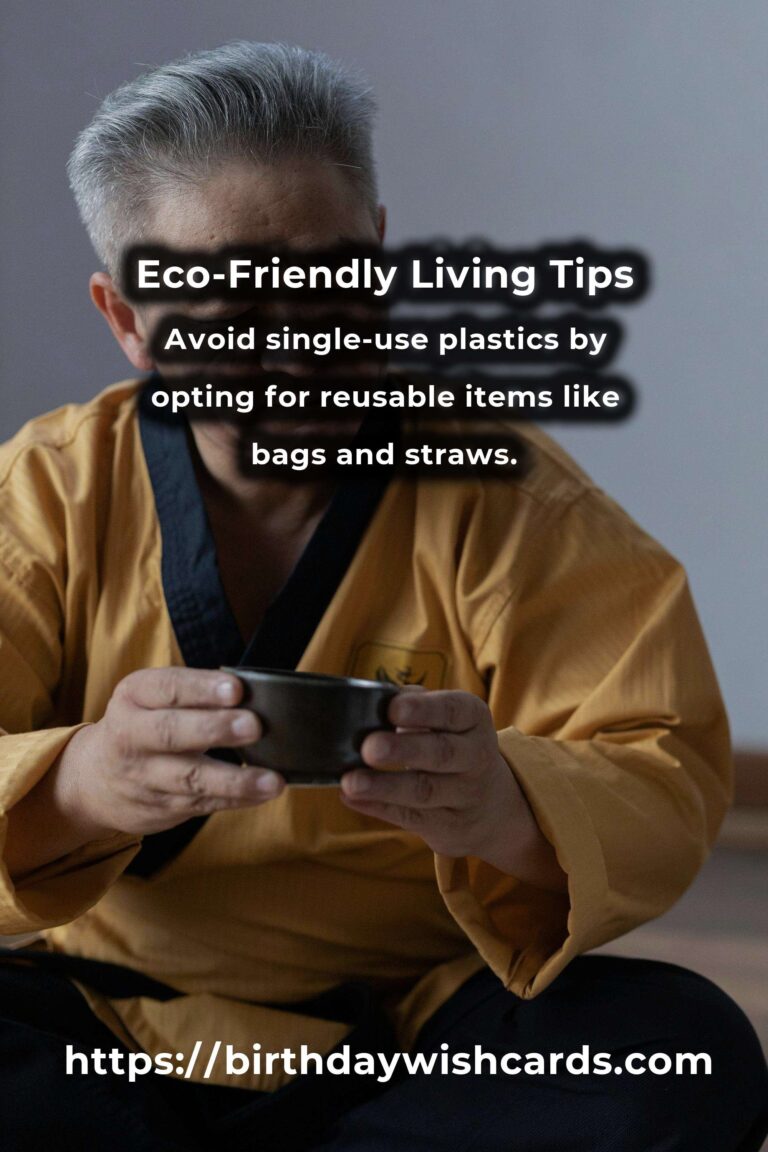
In today’s world, adopting eco-friendly practices is more important than ever. With climate change and environmental degradation posing significant threats, it’s crucial to make sustainable choices in our daily lives. This comprehensive guide offers 27 actionable tips to help you reduce your carbon footprint and live a more sustainable life.
1. Reduce, Reuse, Recycle
Embrace the three Rs: reduce waste by buying only what you need, reuse items whenever possible, and recycle materials like paper, glass, and plastic. This simple practice can significantly decrease the amount of waste that ends up in landfills.
2. Use Energy-Efficient Appliances
Switching to energy-efficient appliances can save you money on your electricity bills and reduce your environmental impact. Look for the ENERGY STAR label when purchasing new appliances.
3. Opt for Renewable Energy
Consider installing solar panels or subscribing to a green energy provider. Renewable energy sources such as solar, wind, and hydroelectric power are sustainable alternatives to fossil fuels.
4. Save Water
Implement water-saving techniques such as fixing leaks, taking shorter showers, and using a broom instead of a hose to clean driveways. Conserving water is essential for preserving our planet’s precious resources.
5. Support Local and Organic Farmers
Buying local and organic produce reduces the carbon footprint associated with transporting goods over long distances. It also supports sustainable farming practices that are better for the environment.
6. Use Eco-Friendly Cleaning Products
Switch to cleaning products that are biodegradable and free of harmful chemicals. They are not only better for the environment but also safer for your health.
7. Reduce Meat Consumption
The production of meat has a significant environmental impact. By consuming less meat, you can help lower greenhouse gas emissions and save resources.
8. Plant a Tree
Trees absorb carbon dioxide and provide oxygen, making them vital for a healthy environment. Planting a tree is a simple yet effective way to contribute to the planet’s well-being.
9. Use a Reusable Water Bottle
Instead of buying bottled water, use a reusable water bottle. This reduces plastic waste and is a cost-effective alternative.
10. Avoid Single-Use Plastics
Single-use plastics are a major source of pollution. Opt for reusable items like bags, straws, and cutlery to minimize your impact.
11. Compost Organic Waste
Composting organic waste like food scraps and yard waste reduces landfill use and creates nutrient-rich soil for gardening.
12. Drive Less
Whenever possible, walk, bike, carpool, or use public transportation. These alternatives can help reduce air pollution and traffic congestion.
13. Conserve Electricity
Turn off lights and unplug electronics when not in use. Simple actions like these can lead to significant energy savings.
14. Buy Second-Hand
Thrift shopping and buying second-hand items reduce demand for new products and minimize waste.
15. Grow Your Own Food
Starting a home garden can provide you with fresh produce and reduce the carbon footprint associated with transporting food.
16. Use Public Transport
Public transport is a more sustainable option than driving a personal vehicle. It reduces road congestion and emissions.
17. Educate Yourself and Others
Stay informed about environmental issues and share your knowledge with others. Education is a powerful tool for promoting sustainability.
18. Choose Sustainable Fashion
Support brands that prioritize ethical production and use sustainable materials. Fast fashion contributes significantly to pollution and waste.
19. Minimize Paper Usage
Go digital whenever possible to reduce paper consumption. Use electronic billing and read documents online.
20. Implement Green Building Practices
If you’re building or renovating, consider using sustainable materials and practices to reduce environmental impact.
21. Participate in Community Clean-Ups
Join or organize community clean-ups to help remove litter and raise awareness about pollution.
22. Use a Programmable Thermostat
A programmable thermostat helps optimize energy use by adjusting temperatures when you’re not home.
23. Avoid Products with Excessive Packaging
Choose products with minimal packaging to reduce waste. Bulk buying can also help minimize packaging.
24. Install Low-Flow Fixtures
Low-flow faucets, showerheads, and toilets can significantly reduce water usage without sacrificing performance.
25. Support Environmental Organizations
Donate to or volunteer with organizations that work to protect the environment. Your support can make a difference.
26. Use Sustainable Transportation
Electric vehicles and hybrid cars are more environmentally friendly than traditional gasoline-powered vehicles.
27. Practice Mindful Consumption
Be mindful of your purchasing decisions. Consider the environmental impact of the products you buy and choose sustainable options.
Adopting these 27 eco-friendly practices can lead to a more sustainable lifestyle. By making conscious choices, you can contribute to a healthier planet for future generations.
Embrace the three Rs: reduce, reuse, and recycle to decrease waste. Switch to energy-efficient appliances to save money and reduce environmental impact. Consider installing solar panels or subscribing to a green energy provider. Support local and organic farmers to reduce carbon footprint and promote sustainable farming. Avoid single-use plastics by opting for reusable items like bags and straws.
#EcoFriendly #SustainableLiving #ClimateChange #GreenEnergy #Recycle












